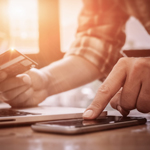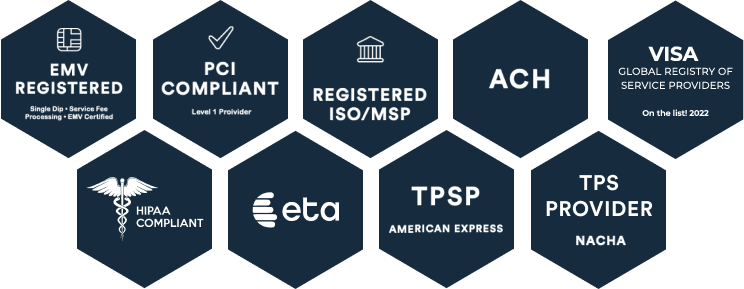Transitioning from a physical to a digital payment experience? Download our free checklist to stay on track: Physical-to-Digital Payment Experience Transition Checklist >
Modern payment expectations are here. And they’re not just here for retail and healthcare and home services. They’re here for government, too. Gone are the days of paper check writing and mailing and waiting for processing. Your constituents want more options. In fact, only 5% of consumers say they still prefer writing a check.
And the data backs up the new payment expectations: For nearly 90% of consumers, they say they want to use their credit card, 79% prefer their debit card or a direct debit from their bank, 78% want autopay options, 63% want an app, and 56% want to access bills in a mobile wallet. What do all of these options have in common? They’re all digital.
And local governments are falling behind.
Despite only 43% of citizens noting that they want to receive government bills by mail, a strict 79% still do. Nearly 50% of citizens are still sending in payments through the mail (even though only 5% want to send bills through the mail) and a staggering 35% still pays in person.
And the lack of digital payment options and the delivery of printed bills (versus digital delivery through email or text) impacts how quickly constituents pay their government bills. For at least 35% of constituents, the delivery method of their government bills impacts how quickly they pay those bills. Nearly 30% say they would likely pay their bills faster if they received invoices or reminders digitally.
Why are your constituents left with outdated payment options when it’s clear that contactless, convenient, and digital options are preferred?
Many believe it will take too much time to transition to a digital payment platform. Others think offering too many digital choices will add to their already overloaded backend task list (that never seems to slow down). And many think they can continue on the way they’ve been interacting with constituents for years—with manual processes, lack of innovative digital payment options, and slow customer service.
If your local government is ready to meet constituent expectations, read on to discover the case for digital payments—why government should go digital:
Save resources
Your local government budget is likely limited. But by maintaining manual payments and printed invoices, you’re creating more work for your team (and spending more of your constituents’ hard-earned tax dollars). Go digital and eliminate the storage, handling, and processing of paper checks.
Plus, with digital payment options, you’ll eliminate hidden costs, such as file storage, data entry errors, and even headcount that could be assigned elsewhere. Consider how much your department is spending on stamps, envelopes, paper, and printing as you make the case for digital payment options.
Save time
With digital payment options—preferred by your constituents anyway—you’ll reduce reconciliation efforts for manual payments. And that’s a lot of saved time! On average, a finance team spends 30% of their time on manual reconciliation. Siloed data and even siloed payment processing platforms create more work for your team. Consolidate your efforts and channel everything through the same system.
Plus, with digital payment options, you can cut down on the manual efforts of sending out printed bills to your constituents. And if you do already offer a digital delivery option, make sure it’s clearly messaged to the public. More than 30% of consumers say they don’t have digital bill delivery methods available to them—but that could be from a lack of knowledge rather than options. Consider suggesting digital bill delivery in every printed invoice and with signage at your office.
Reduce fraud
Eliminate the occurrence of lost or stolen checks by offering your constituents a safer way to pay—online and with their credit card, debit card, or eCheck. You’ll reduce security risks (including the visibility of information used in check payment fraud) and eliminate the cost of check reissuance.
More than 40% of constituents note that they are concerned about the security of their payments to their local government agencies, yet government ranked second in the top three most security industries around the globe. If you plan to transition from physical to digital payment options, be sure to include messaging that indicates how safe those digital payment options are for your constituents. Adoption may be as simple as correct messaging in mailers, emails, and text messages.
Improve visibility
Visibility isn’t just key for your internal team—tracking payments through a single system—it’s important for your constituents, too. Digital payments and online portals allow your constituents to see bill history and pending payments—a standard in today’s billing best practices.
And while those best practices are important, government is struggling to keep up. Less than 50% of constituents say that government agencies are keeping up with innovations in bill pay. Plus, 54% of constituents say they wish government would follow the practices implemented by the banking industry and 22% wish retail practices would show up in their government payment experience. Improve visibility by offering digital payment options and online portals—it’s a baseline expectation for consumers today.
Transitioning from a physical to a digital payment experience? Make sure you follow industry best practices. Download our free checklist to stay on track: Physical-to-Digital Payment Experience Transition Checklist >






